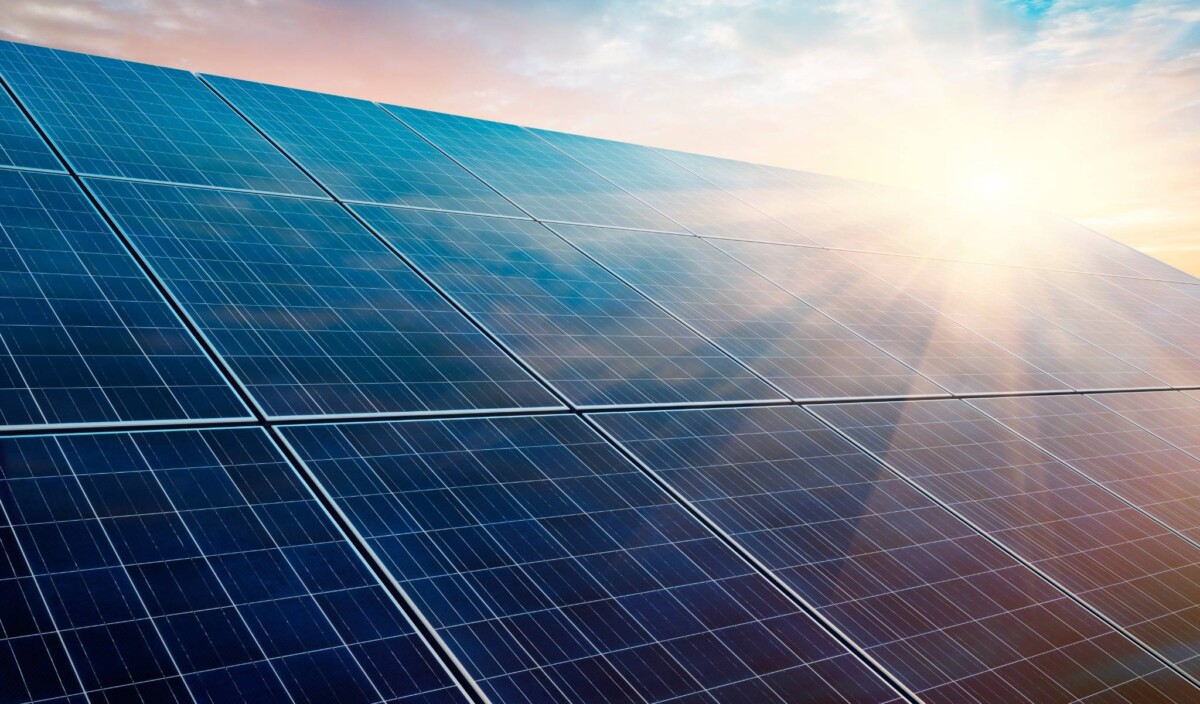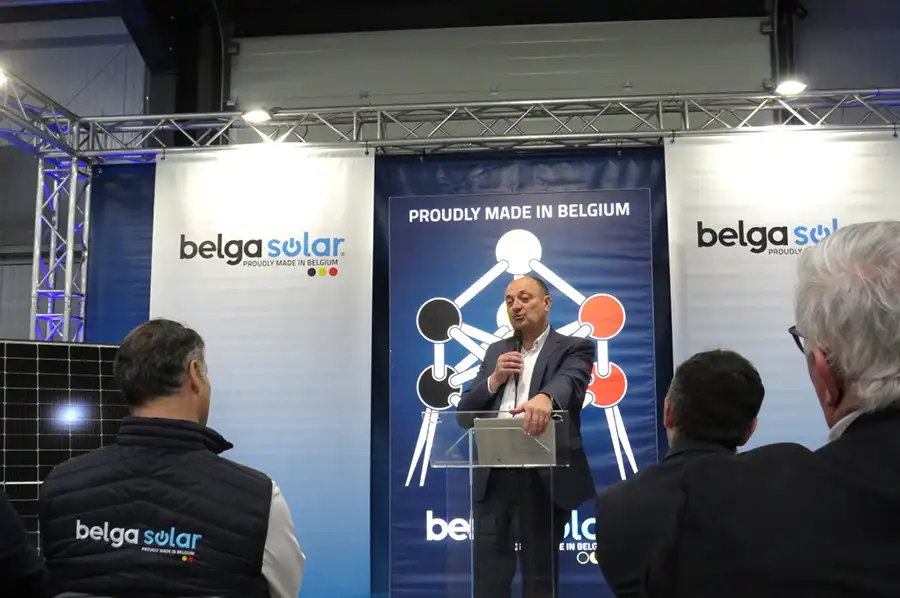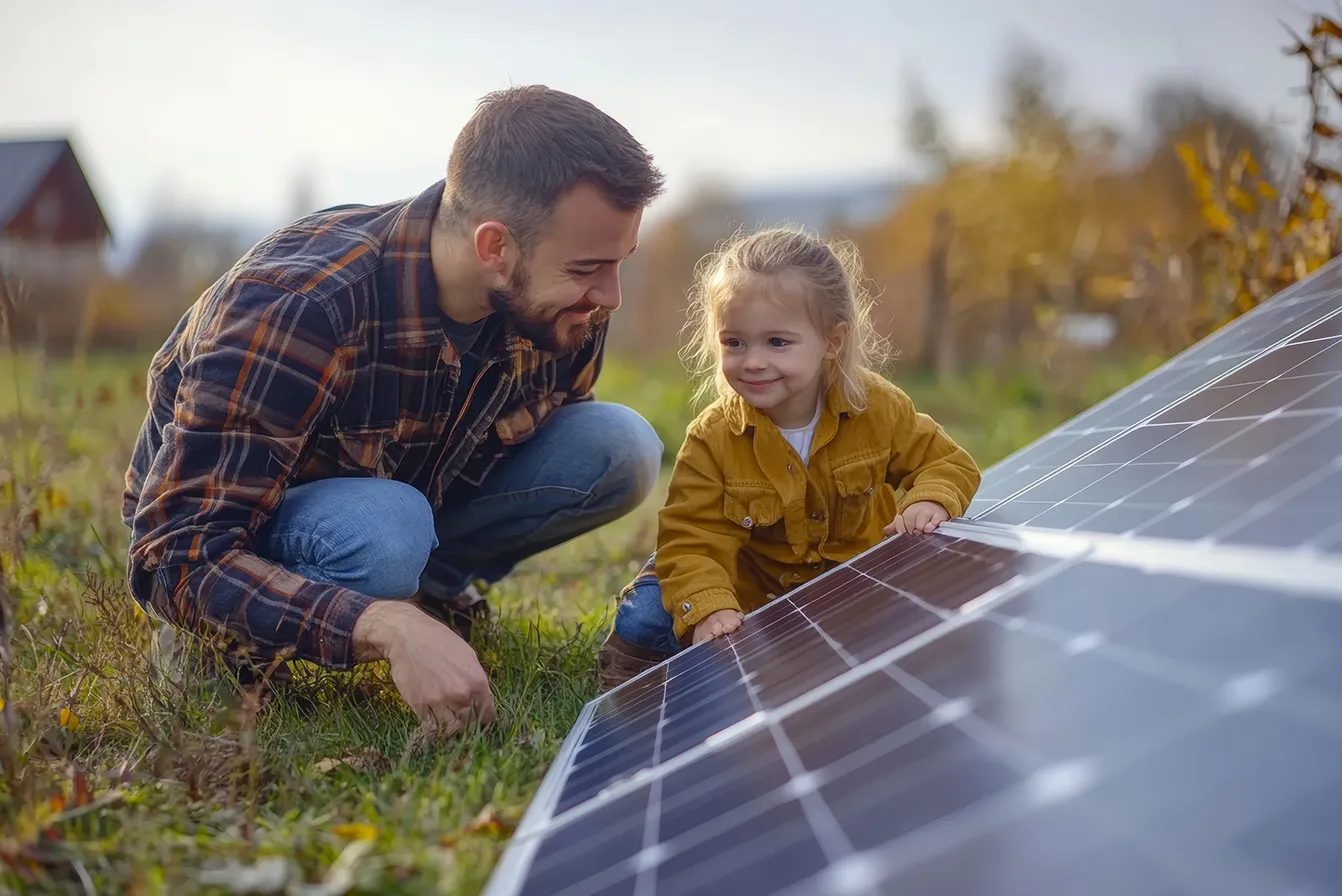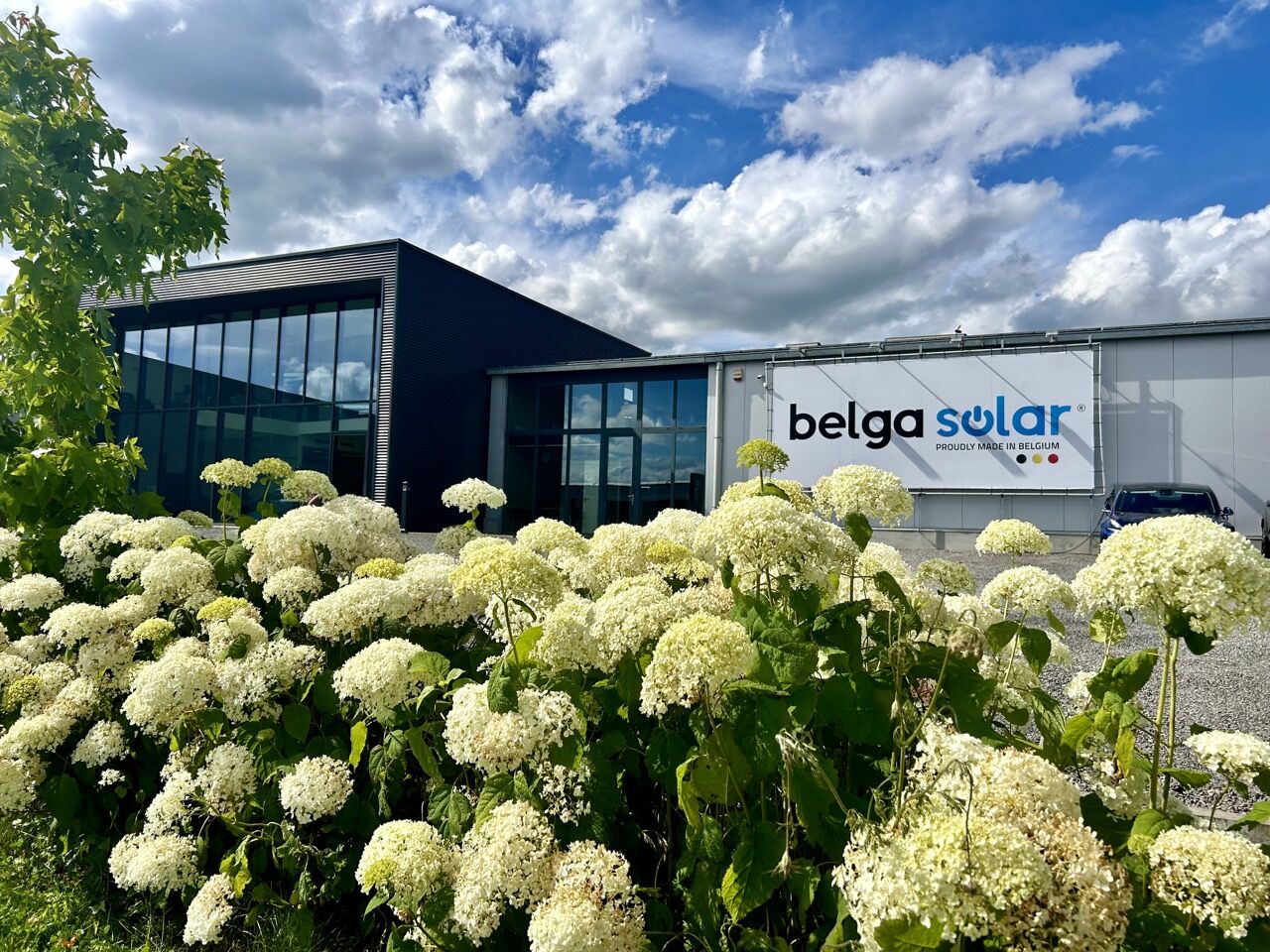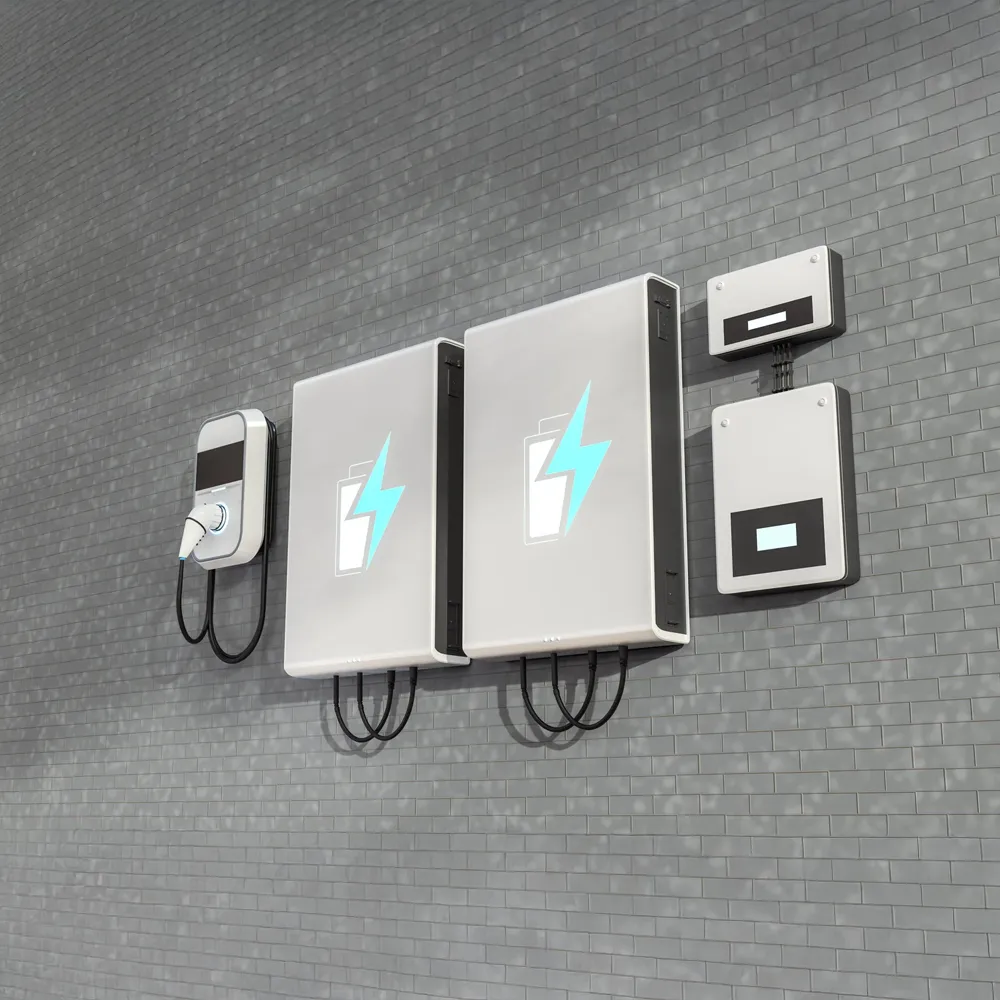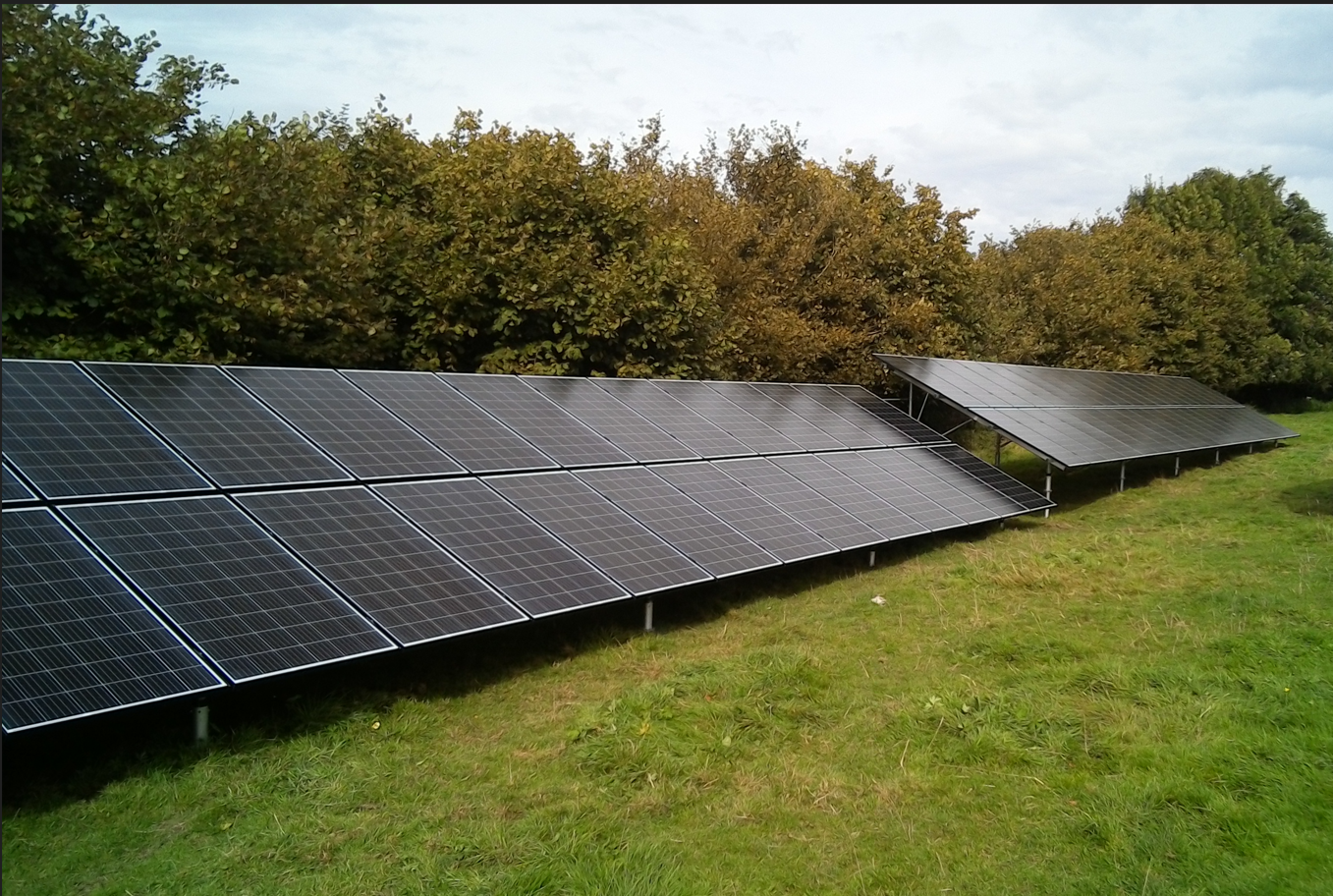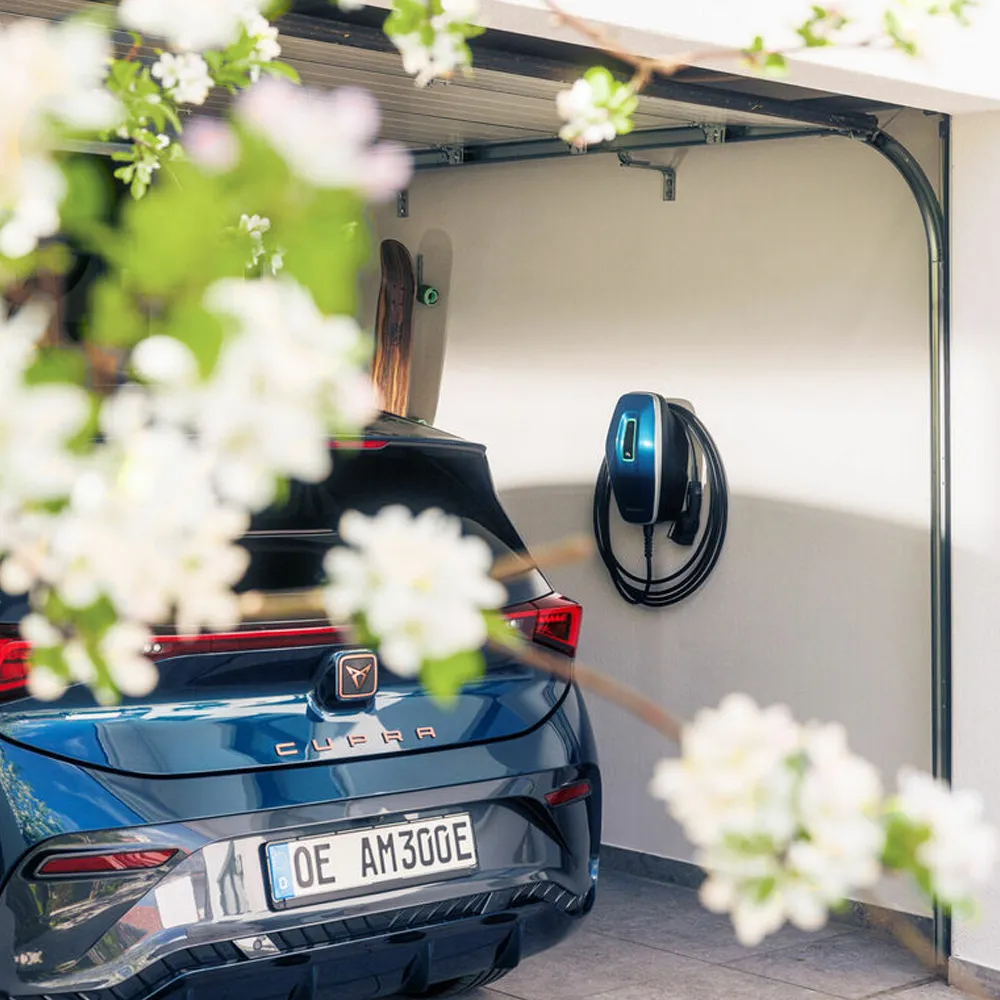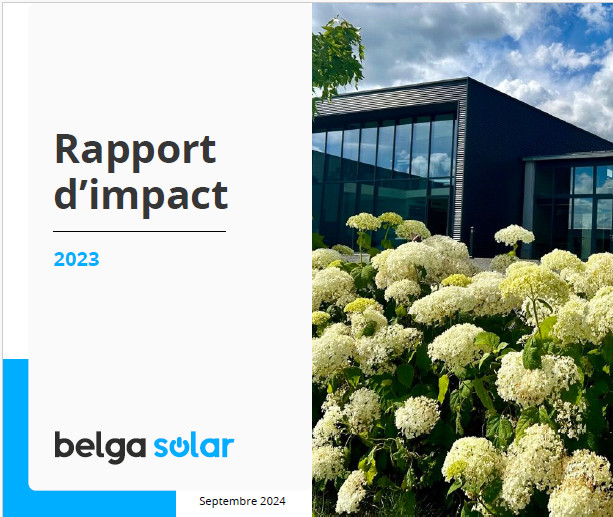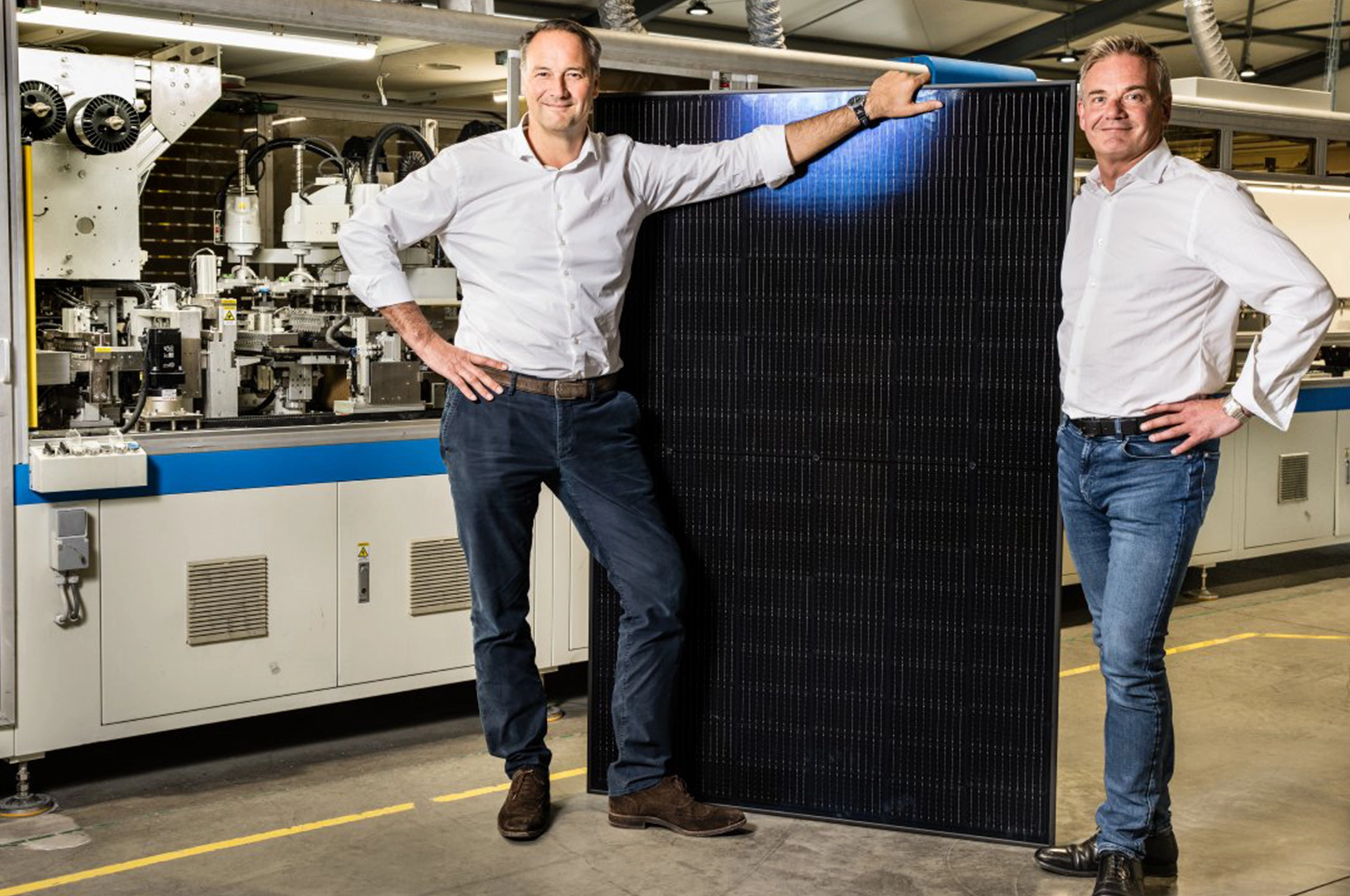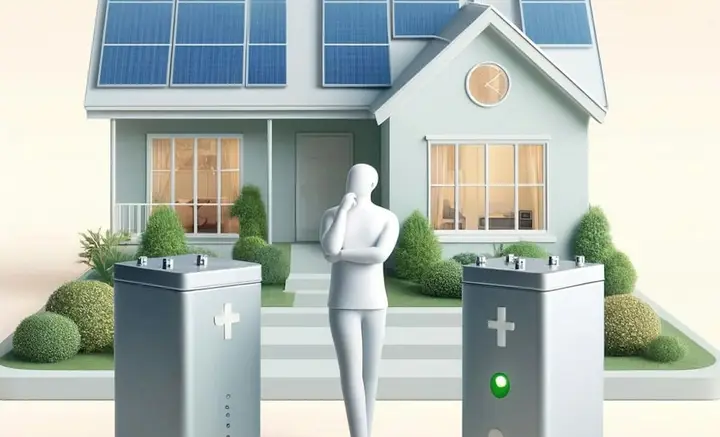Seasonal performance of photovoltaic systems
Seasonal optimization of solar panels is at the heart of Belgasolar’s commitment, located at Zone d’activités Nord 89, B-5377 Baillonville, to an imperative transition to renewable energies.
The company stands out for its sustainable innovation in photovoltaics. This article explores the impact of seasonal variations on solar energy production and presents optimization strategies adapted to maximize energy efficiency at each time of year.
Understanding solar energy production
Belgasolar photovoltaic systems convert sunlight into electricity, a process that is independent of ambient temperatures.
This capacity enables constant energy generation, even during the coldest months. In Belgium, with its 1,500 hours of sunshine a year, solar installations can produce significant amounts, provided they are optimized to capture this light efficiently.
Factors Influencing Solar Output
- Seasonal variations: Production peaks in spring and early summer, periods characterized by optimal sunshine and moderate temperatures. Belgasolar installations can produce up to 20 kWh per day during these months, thanks to a design that minimizes the impact of summer heat on panel efficiency.
- Winter installation: Installing solar panels in winter prepares your system to maximize energy production from the first rays of sunshine in spring. Belgasolar offers quick installations to take advantage of this high-production period.
Optimization strategies
- Orientation and tilt: South orientation guarantees maximum solar exposure. An inclination of 30 to 35 degrees is ideal for efficiently capturing sunlight, thus increasing annual yield.
- Shade minimization: Shadows cast by neighboring buildings or vegetation can reduce yield. Belgasolar uses detailed analyses to design installations that minimize this impact.
- Proximity to the inverter: Installation close to the inverter reduces energy losses, improving overall system efficiency.
Meteorological challenges and solutions
- Weather conditions: The performance of solar panels is affected by cloud cover and snow. Belgasolar offers solutions, such as automatic cleaning systems, to maintain high efficiency, whatever the weather.
- Regular maintenance: Periodic cleaning removes dust and debris, ensuring optimal sunlight capture. Belgasolar recommends and provides maintenance services to maximize the longevity and performance of installations.
Conclusion
Belgasolar’s photovoltaic installations are designed to maximize solar energy production throughout the year, taking into account seasonal variations and meteorological challenges.
By taking a strategic approach to the orientation, tilt and maintenance of solar panels, our customers can ensure optimal energy production and contribute effectively to the energy transition. Belgasolar is committed to providing customized, innovative solutions to meet the specific needs of each customer, reinforcing our role as a leader in solar energy in Belgium.
Belga Solar, your expert in photovoltaic solutions for over 15 years.
